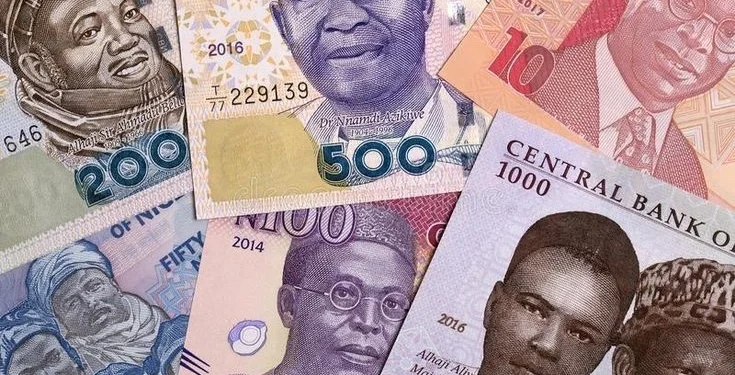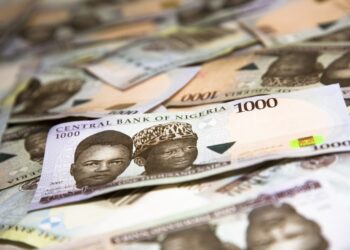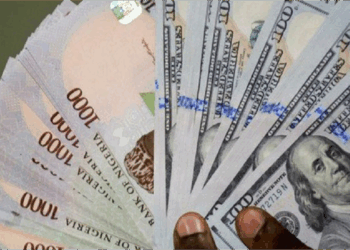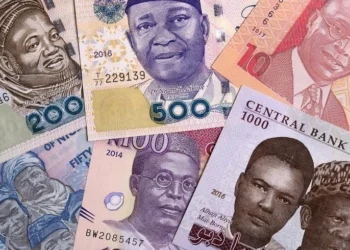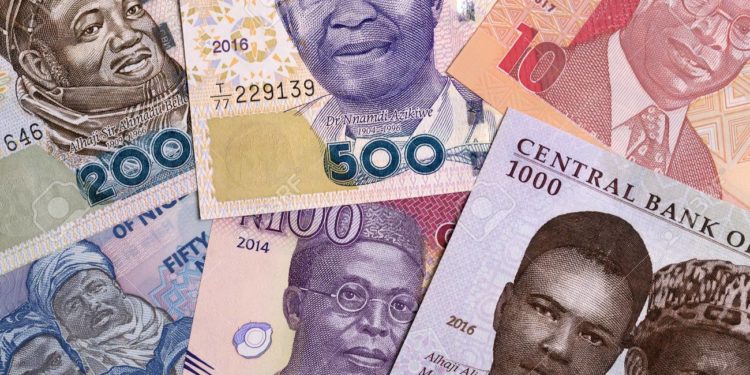Nigeria’s broad money supply (M3) surged to a record N119.11 trillion in April 2025, according to the latest Money and Credit Statistics from the Central Bank of Nigeria (CBN).
This represents a 22.9% increase from N96.97 trillion in April 2024 and a 4.3% jump from N114.22 trillion in March 2025, marking one of the sharpest monthly expansions in recent quarters.
This liquidity expansion occurs at a time when the CBN is maintaining a tight monetary stance.
In May 2025, the Monetary Policy Committee (MPC) held the Monetary Policy Rate (MPR) at 27.5%, pausing a string of aggressive rate hikes for the second time this year.
While inflation eased marginally to 23.71% in April, questions remain about whether the current monetary settings can withstand the pressures of this rising liquidity without reigniting inflation.
M3, which encompasses narrow money (M1), quasi money, and longer-term deposits, grew strongly on the back of increased net foreign assets (NFA) and net domestic assets (NDA). While both contributed to the increase, the surge in foreign assets was particularly notable.
Foreign assets power the boom
- Net foreign assets climbed to N47.76 trillion in April 2025, up by 66.3% from N28.73 trillion a year earlier and up 5.7% from N45.17 trillion in March 2025. This increase is indicative of stronger FX inflows into Nigeria’s economy, whether from crude oil sales, multilateral funding, or an uptick in diaspora remittances.
- The CBN’s ongoing exchange rate reforms and steps to stabilise the FX market may be contributing to this positive trajectory. With improved dollar liquidity and rising external reserves, net foreign assets are becoming a dominant driver of the country’s money supply growth.
Domestic assets grow at a modest pace
- Net domestic assets stood at N71.34 trillion in April, up from N69.05 trillion in March and N68.25 trillion in April 2024. That represents a modest 4.5% year-on-year increase and 3.3% month-on-month. Although the growth is steady, it’s relatively subdued when compared to the jump in foreign assets.
- This suggests that while domestic asset, likely from government borrowing and private sector lending, is growing, it’s not the primary force behind the recent monetary expansion. The cautious pace may also reflect the impact of elevated interest rates on borrowing demand.
M2 and M1 data signal consumer liquidity uptick
- M2, which covers less liquid instruments than M3 but includes savings and demand deposits, mirrored M3’s performance. It rose to N119.08 trillion in April 2025, up 22.8% from N96.96 trillion a year earlier and up 4.3% from N114.20 trillion in March. The closeness of M2 to M3 suggests that term deposits or other longer-term instruments haven’t seen much movement, keeping liquidity largely short-term.
- Narrow money (M1), the most liquid form of money in the economy, consisting of currency in circulation and demand deposits, reached N41.01 trillion in April. This is a 21.3% increase from N33.82 trillion a year earlier and a 6.4% rise from N38.55 trillion in March.
- This increase in M1 points to rising consumer and transactional liquidity. It may be reflective of heightened economic activity, informal sector cash usage, or seasonal expenditures. In times of high inflation, consumers also tend to hold less in savings and more in easily accessible funds, driving up M1.
What you should know
April’s marginal decline in inflation offered a glimmer of relief. Headline inflation dipped to 23.71%, from 24.23% in March. Food inflation fell from 21.79% to 21.26%, while core inflation eased to 23.39% from 24.43%.
In response, the CBN’s MPC in May 2025 opted to pause further rate hikes, holding the MPR at 27.5%. Other key monetary policy tools were also left unchanged: the Cash Reserve Ratio (CRR) remains at 50% for commercial banks and 16% for merchant banks, while the Liquidity Ratio stands at 30%.
CBN Governor Olayemi Cardoso noted that the bank would observe the impact of its earlier policy tightening measures before making further adjustments. Still, the MPC warned that inflation remains uncomfortably high, and maintained a hawkish tone despite the pause.
With both M3 and M2 rising above 22% year-on-year, and narrow money growing over 6% month-on-month, Nigeria’s monetary authorities face a tough balancing act. While foreign inflows have improved liquidity, the potential inflationary effects of this monetary expansion must be closely watched.
The CBN’s current strategy appears to rest on the hope that external liquidity will not immediately spill into excess demand-driven inflation, especially with inflation trending downward. However, if price pressures re-emerge or the naira weakens significantly again, further tightening may be required.

